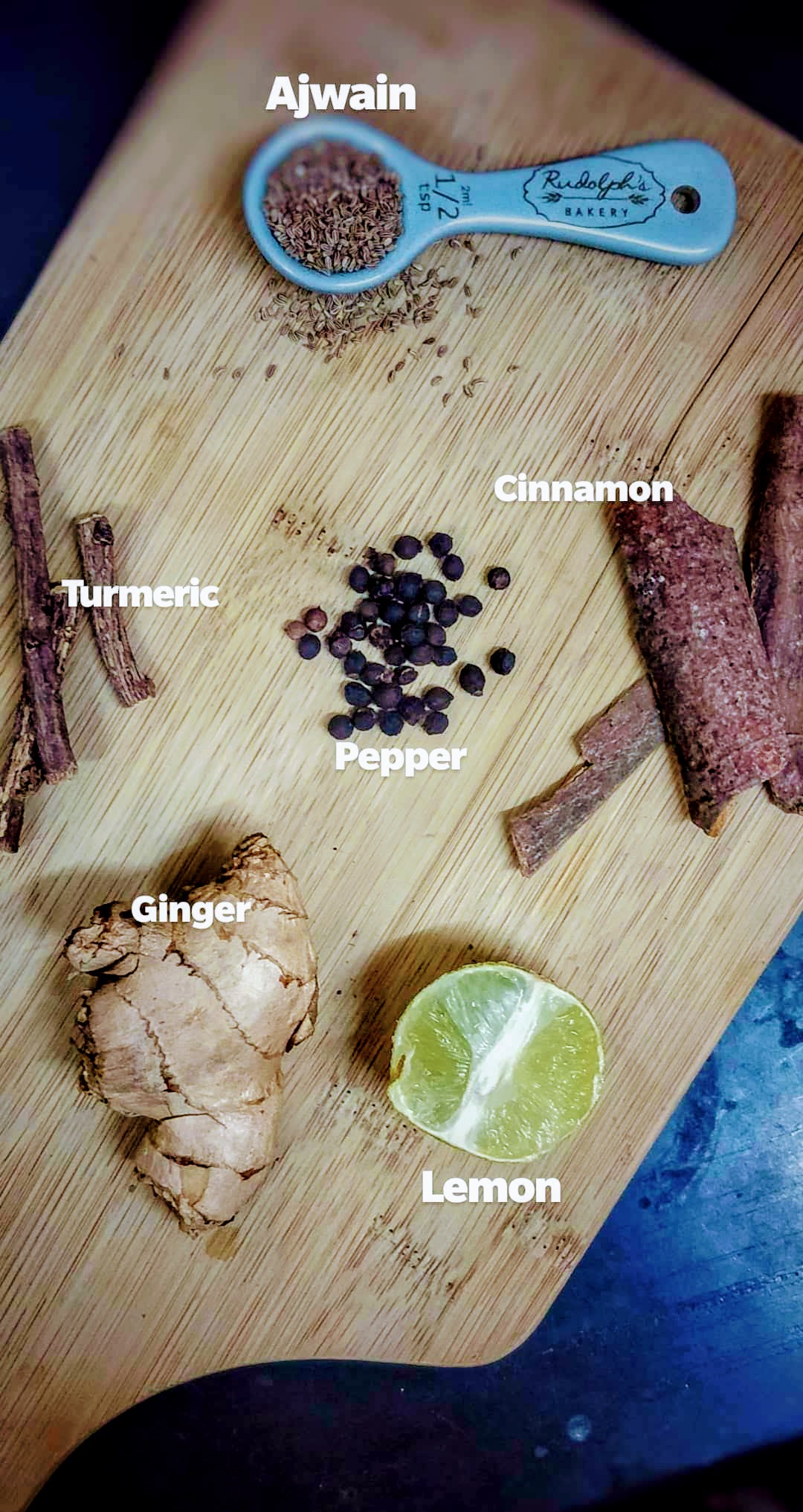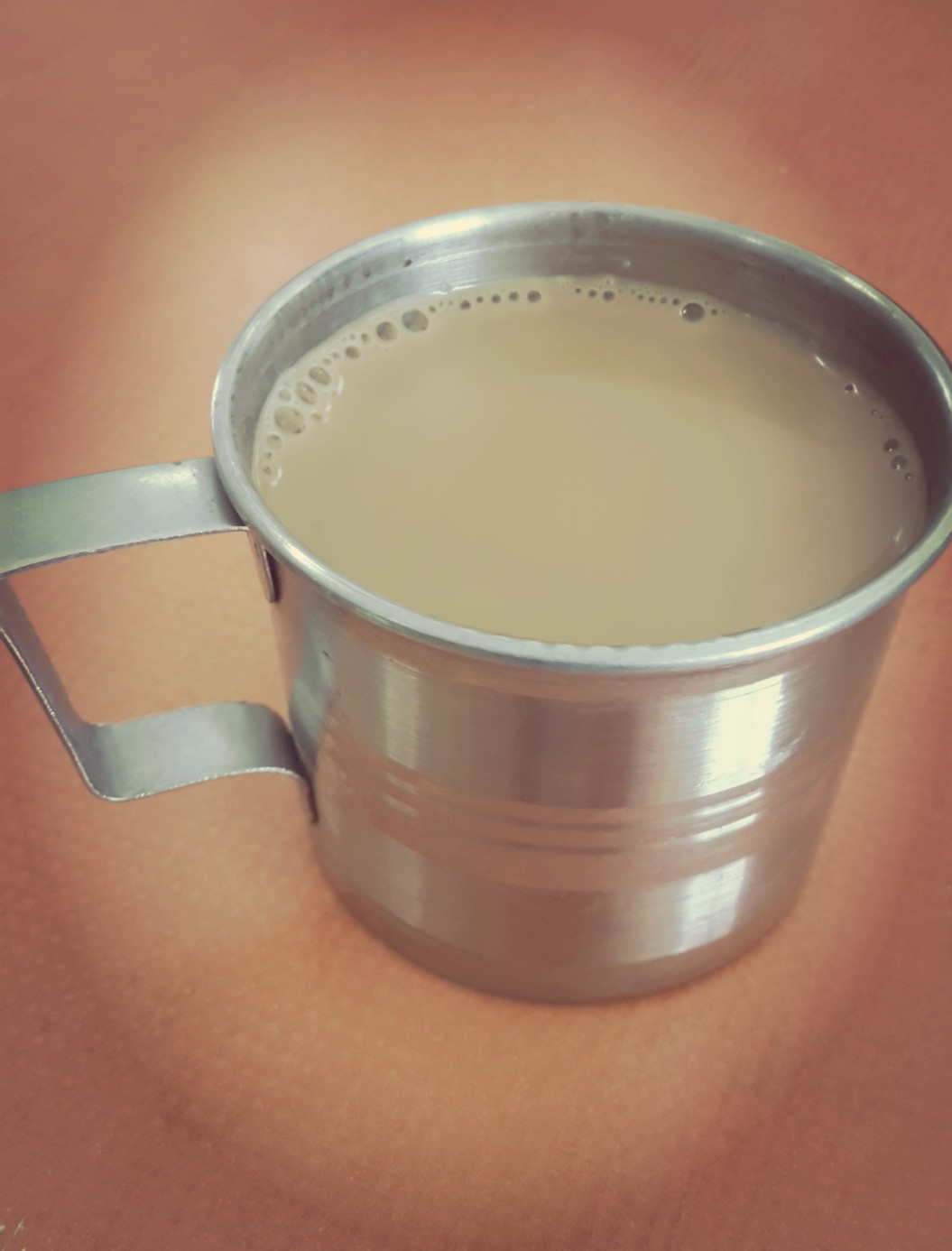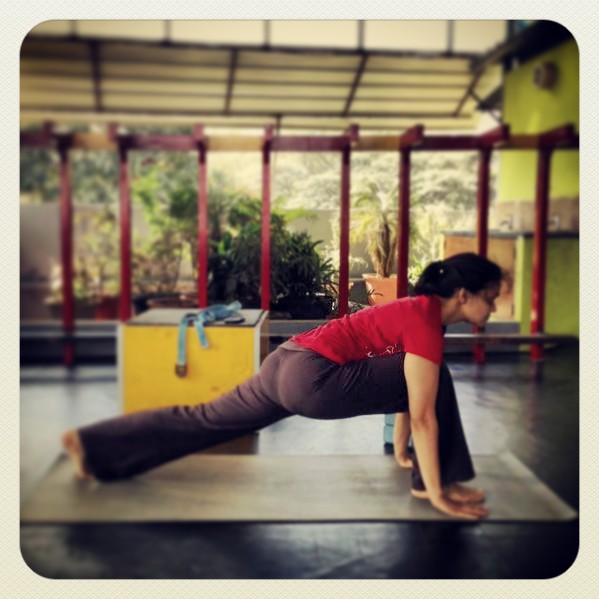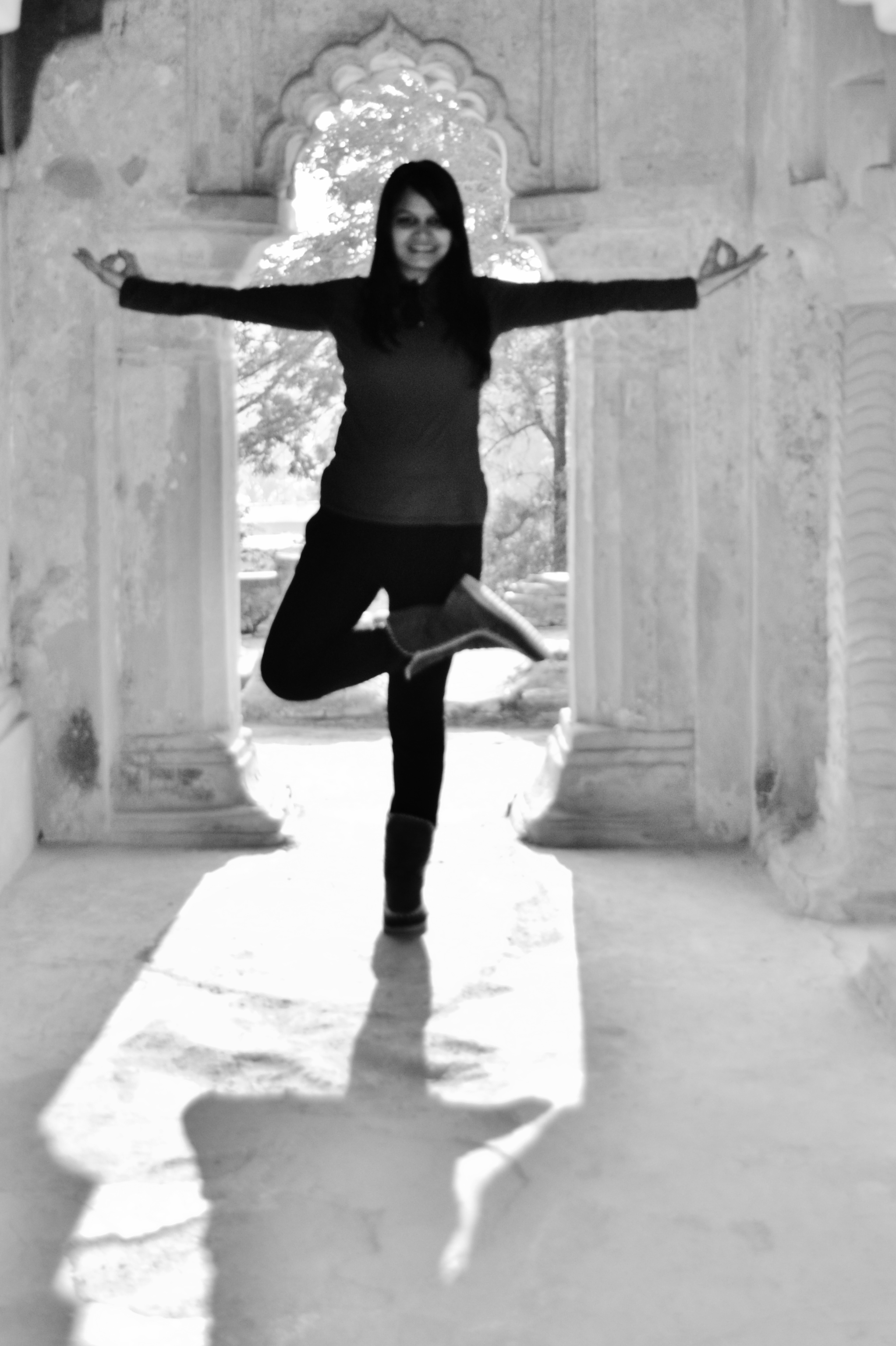I guess we’ve come a full circle in terms of appreciating the health benefits of traditional Indian cooking and spices. From mindlessly eating spicy food, to eschewing spice in favor of bland food to the present when we know that moderation is the key. Lately we’ve started re-discovering the health benefits of the spices that we’ve been using and consuming for years. One such spice is methi or fenugreek.

Some other spices I frequently use in my cooking.
Five Reasons Why Methi/Fenugreek is Good for You
- Women need a lot of iron during their period, pregnancy and while they breastfeed. Including me
this in your diet ensures thatyour body constantly has a ready supply of iron. Chop up methi leaves and use it to make paranthas or chapattis or just make aloo-methi sabji. Make sure that you cook it using tomatoes or potatoes to enable iron absorption. Many people have reported that the aches and pains in their joints diminished after regular consumption of methi seeds/leaves. - Methi helps to reduce cholesterol levels so is great for weight management.
- The potassium content of methi counteracts the effects of sodium in your body which helps in stabilising heart rate and blood pressure. This can lower the risk of heart attacks.
- Methi is great for digestion. It helps to flush out toxins from your system. It’s great to cure indigestion and constipation. Try this home remedy for smooth digestion: Leave some methi seeds overnight in a glass of water. Drink the water the next morning. Do this consistently for a week and notice the difference.
- Methi is great for skin and hair. Try this: Grind fresh methi leaves into a paste and use apply on your face. Do this regularly and your skin will become more clear and supple. Grind methi seeds and mix them in your mehendi (henna) paste. This helps keep dandruff at bay and stops the thinning and falling of hair.
These are just a few of the numerous benefits of methi seeds. If you incorporate methi in your diet, you’re bound to see many more benefits.
If you have any tips about how to use fenugreek seeds, leave me a comment!
Also if you’re interested in other Indian superfoods, here’s a book review I did of Indian Superfoods by Rujuta Diwekar.





